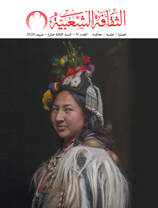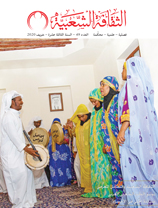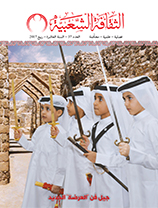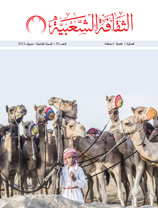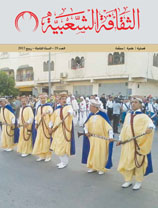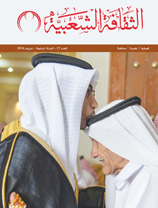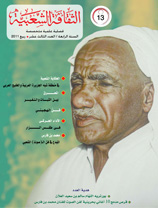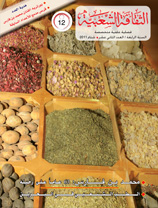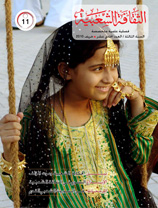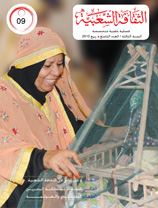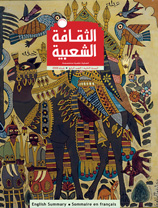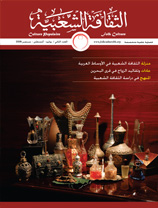Omani and Indian Folktales: A Comparative Study
Issue 53
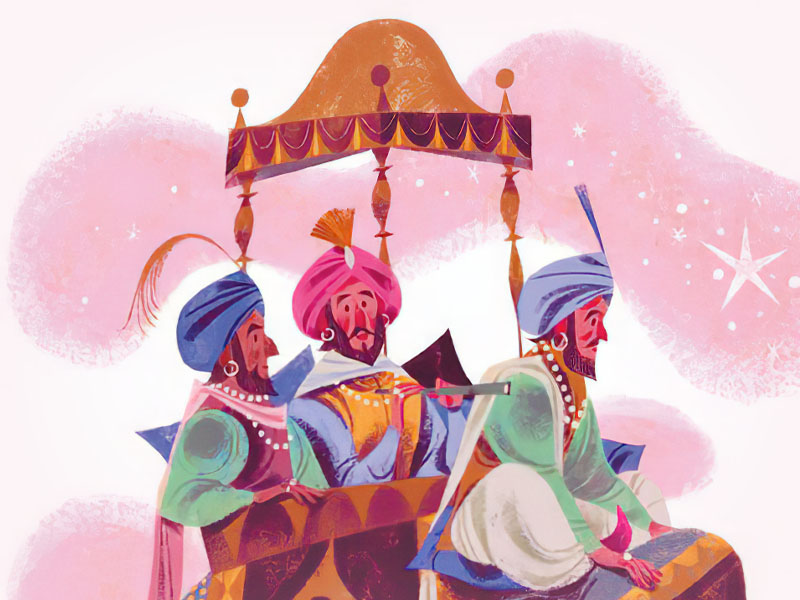
Amamah Mustaha Al Lawati, Sultanate of Oman
Researchers agree that folktales are ancient, and that they arise spontaneously and represent the spirit of the group. They reflect the group’s struggles, hopes and beliefs, and serve as a means to express the elders’ imagination and experiences. A communal legacy, storytellers contributed to the creation, development and modification of folktales. It is difficult to determine folktales’ origins or authors, particularly as oral stories have been shared across civilisations as a result of migration, trade and travel.
Folktales are a genre of folklore that includes folk literature. Al-Buali (2006) points out that folk literature is the common heritage of all the different groups of people united by a common culture. Using the written or spoken word, folktales act as an artistic representation of a culture. The spoken word makes folktales a collective oral literature, and this gives them certain characteristics.
This paper attempts to find links between the Omani and Indian folk cultures by focusing on folktales. From a professional and personal standpoint, the researcher is interested in folklore and in Indian culture in general, and aims to search for common features in two different but similar cultures, specifically the Arab and Indian cultures.
Despite the variety of folktales covered in this study, it is possible to identify common features between Indian and Arab stories. We find that there are characters that are common to all the stories, and that there are no more than seven characters in each story. Each story has one protagonist and a number of secondary characters. While the secondary characters may change roles, they never play the primary role.
Although they are diverse, the characters represent two main social classes – the rich and the poor. The rich are represented by characters such as the king, queen, prince, princess, and merchant while the poor are represented by the woodcutter, dervish, and servant. The aforementioned professions reflect these classes, so we find either simple professions such as wool spinning and woodworking, or occupations for the rich, such as hunting. This class difference is apparent even in settings such as the palace and the hut, while the forest is a setting common to both classes.
The folktale includes local features; without these simple references, it would not be possible to determine the identity of these stories. For example, we find that India is represented in stories in the names of trees, fruit and animals such as the tiger, parrot, snake and betel plant, which is chewed by the peoples of Southeast Asia. The doe appears in Omani stories, and the mention of a sidr (buckthorn) suggests that a folktale is located in an Arab country.
Finally, as in most folktales, the stories are characterised by simple and direct language. There may be no logical link among parts of the story, and the tales may include more than one plot. Some tales combine two stories. In addition, folktales may develop sudden and unexpected twists, and they sometimes end abruptly.
















